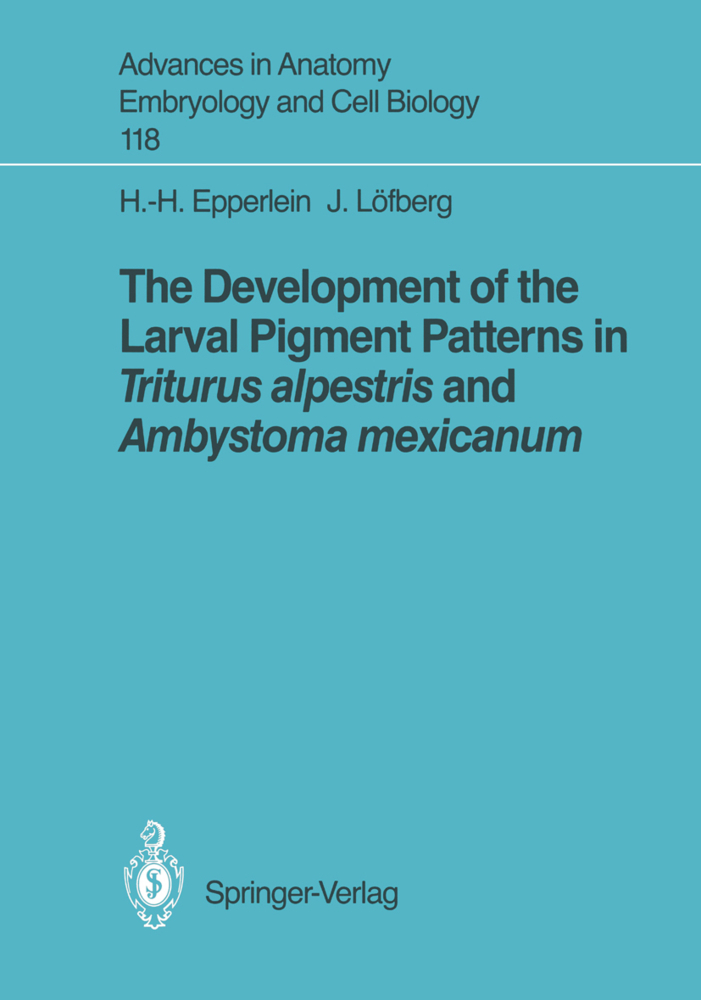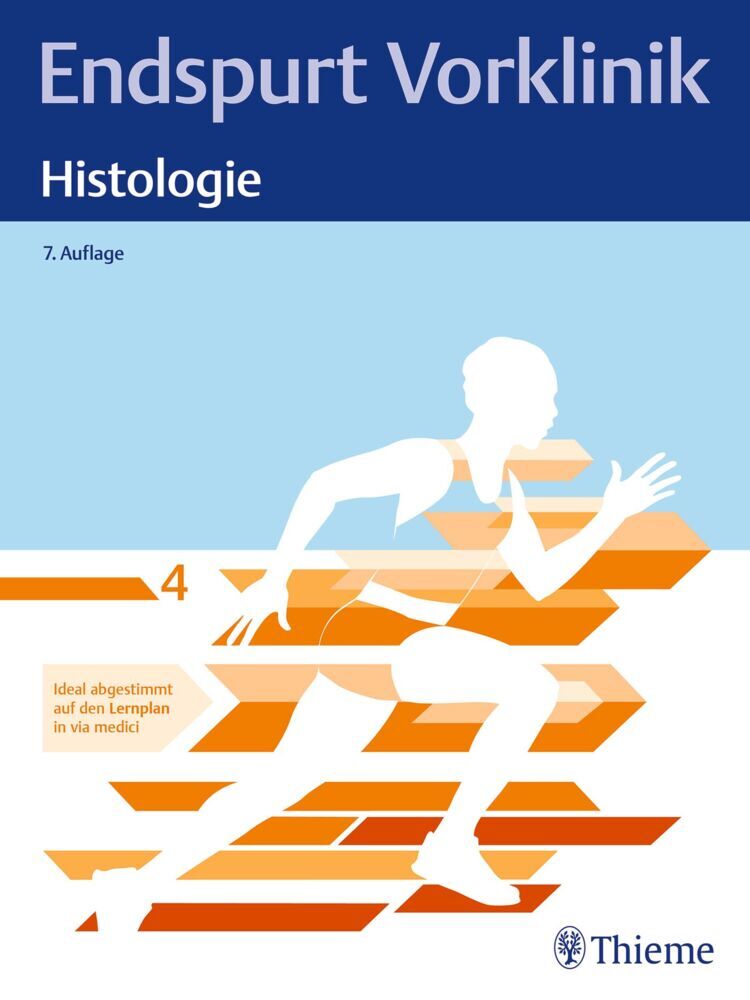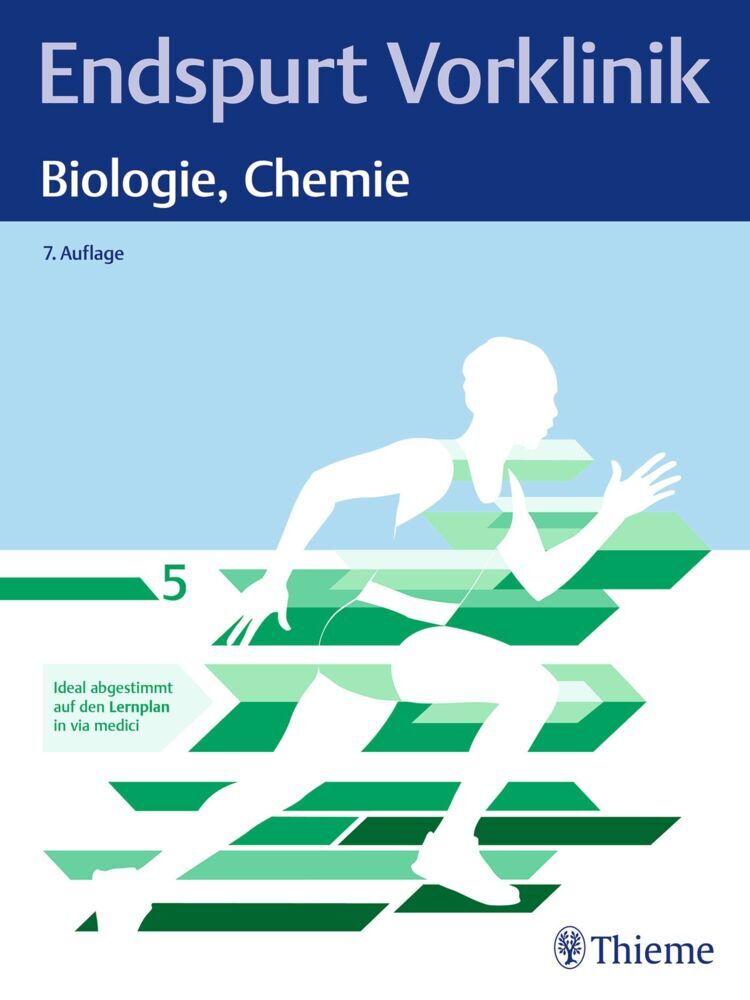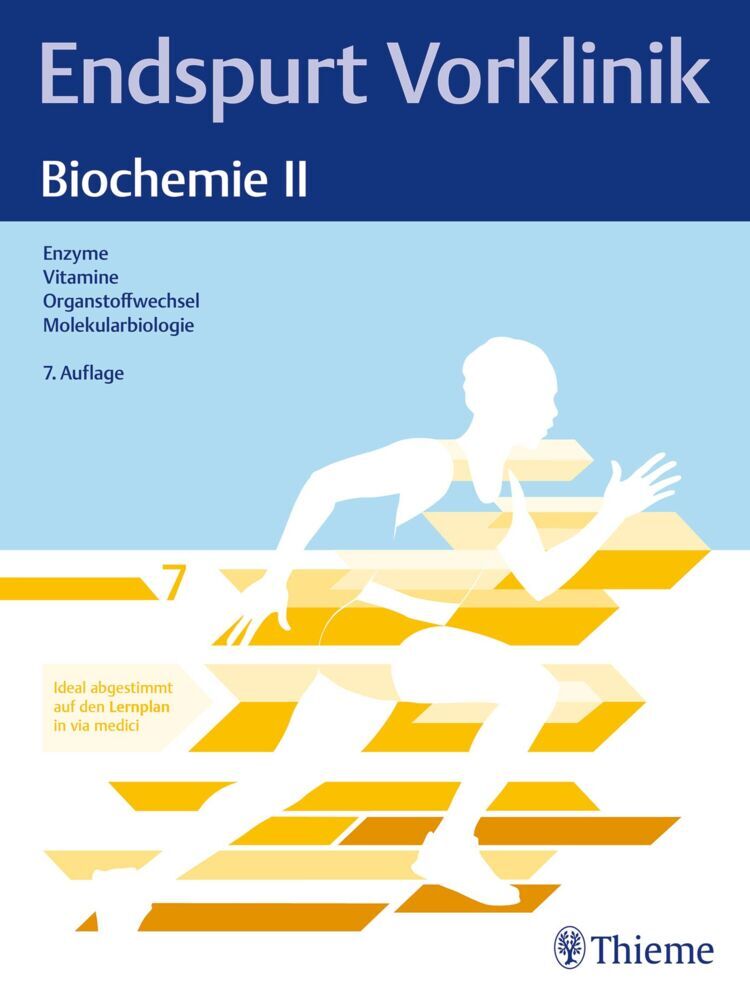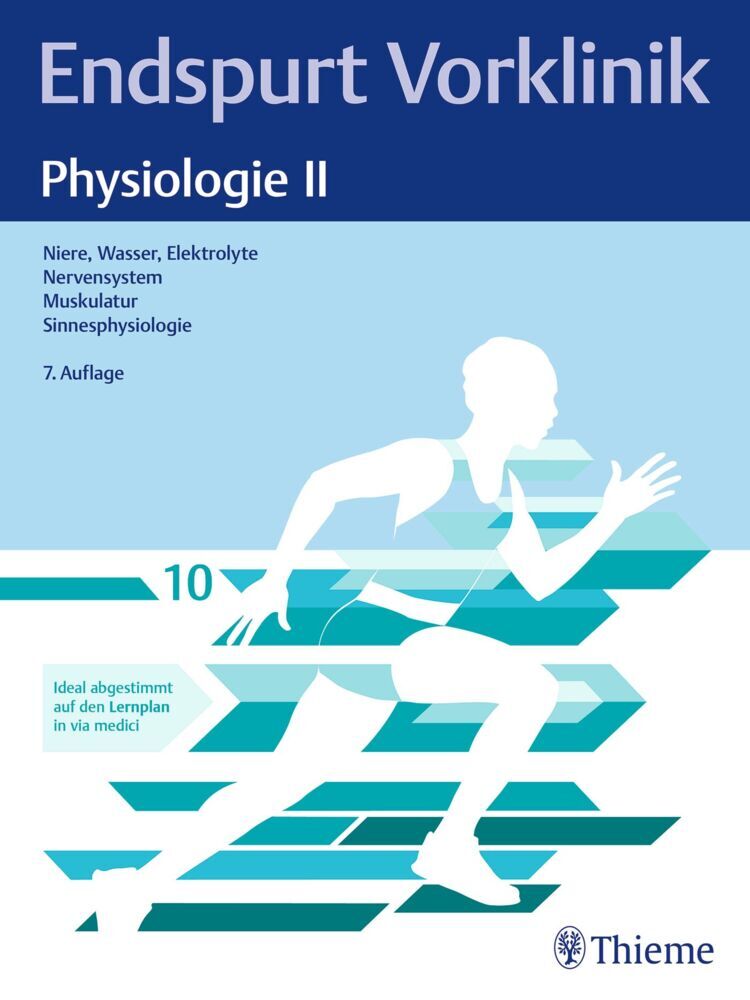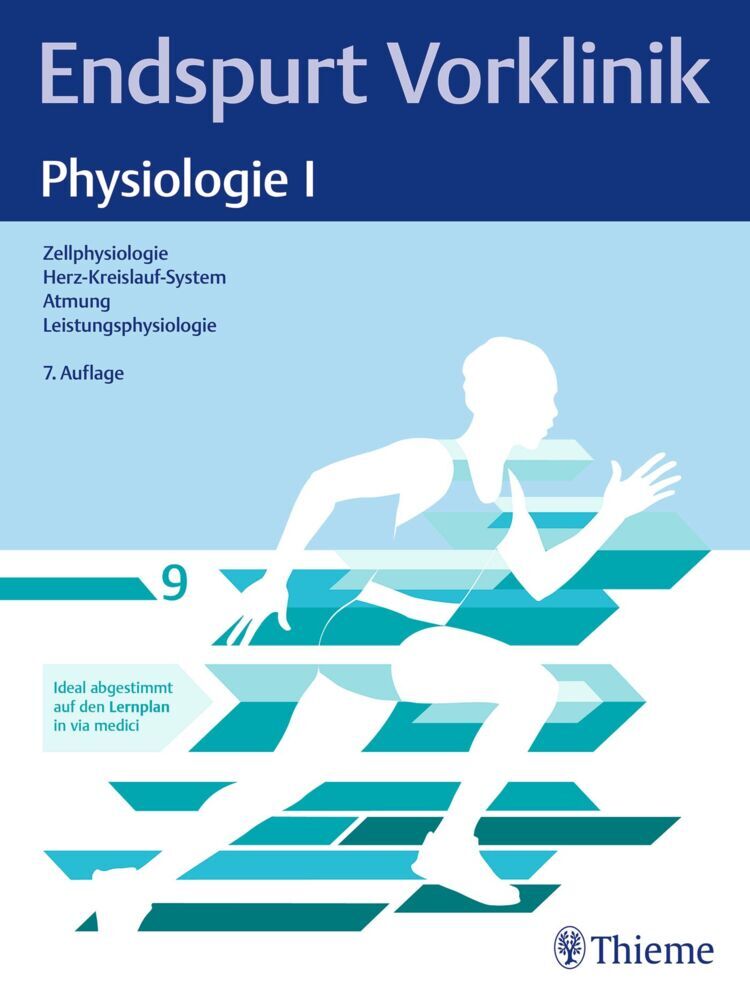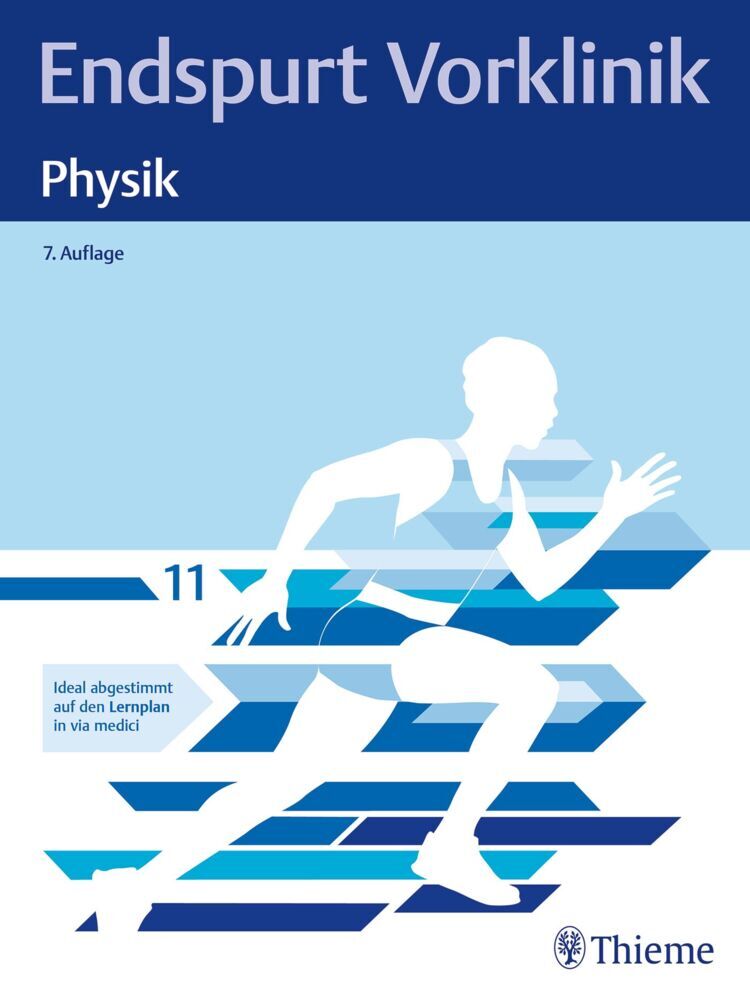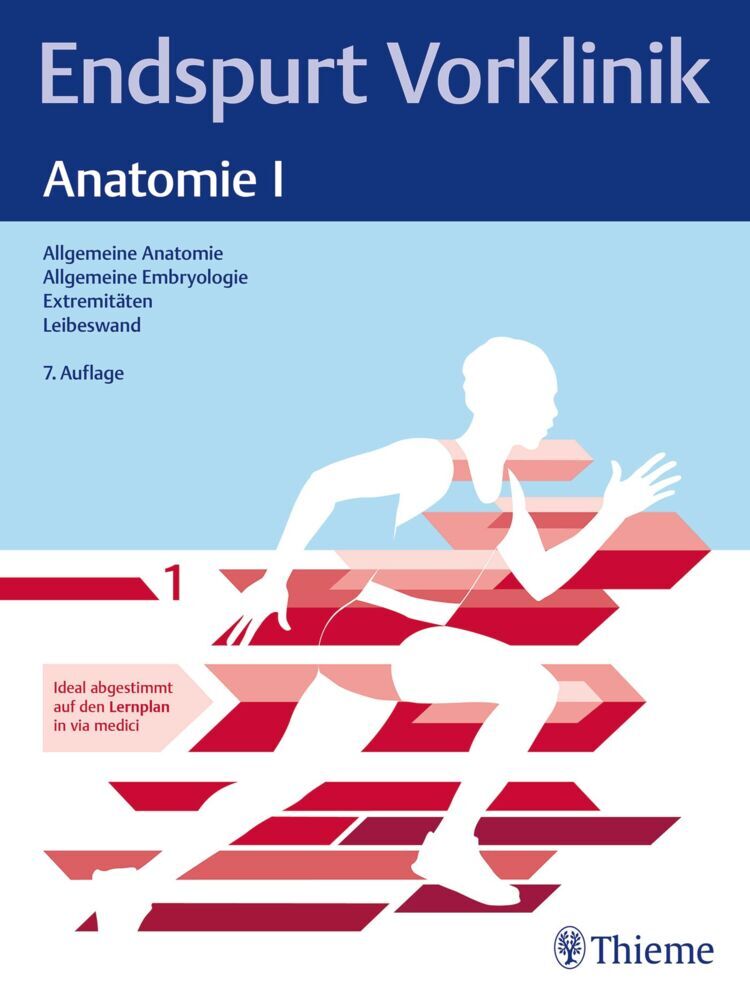The Development of the Larval Pigment Patterns in Triturus alpestris and Ambystoma mexicanum
The Development of the Larval Pigment Patterns in Triturus alpestris and Ambystoma mexicanum
In the animal world, pigments and colour pigment patterns play an important role. Pigments in the epidermis offer protection against solar radiation, and the various colour patterns provide the animals with concealment, advertisement and disguise (Cott 1940). The study of pigment cells and colour patterns is a multidisciplinary research field which includes developmental biology (determination, differenti ation, migration), genetics (phenotypic gene expression, colour mutants), cell biology (ultrastructure, organelles, cell surface), biochemistry (enzymes, metabo lism), physiology (control of colour changes) and dermatology, as well as ecology and evolution. In the present study we investigate the development of two different amphibian larval pigment patterns. These patterns might serve as specific models for the arrangement of cells derived from the neural crest (NC), involving their migration, differentiation and interaction with each other and the embryonic environment. Because of the NC origin of pigment cells, we consider first some general aspects of NC development, before turning to pigment cells and specific problems in pigment pattern formation. The NC arises during neurulation, an early process in vertebrate embryoge nesis. In amphibians, the crest lies on top of the neural tube as a flat epithelial sheet or strand of cells (Detwiler 1937; Schroeder 1970; L6fberg and Ahlfors 1978; Spieth and Keller 1984). Here the term 'crest' is much more appropriate than in birds or mammals (Newgreen and Erickson 1986), where the crest cells start to migrate before a true crest has formed.
2.1 Embryos
2.2 Light Microscopy
2.3 Videomicrography
2.4 Transmission Electron Microscopy
2.5 Scanning Electron Microscopy
2.6 Dopa Reaction
2.7 Pterin Fluorescence
2.8 Staining with Alcian Blue
2.9 Immunohistochemistry
2.10 Developmental Protocols
2.11 Embryological Experiments
2.12 Tissue Culture
3 Results
3.1 Fundamental Premises
3.2 Development of the Longitudinal Stripe Pattern in Triturus alpestris
3.3 Development of the Barred Pigment Pattern in Ambystoma mexicanum
3.4 Analysis of Factors and Mechanisms Governing Pigment Pattern Formation in Triturus alpestris
3.5 Analysis of Factors and Mechanisms Governing Pigment Pattern Formation in Ambystoma mexicanum
4 Discussion
4.1 Dopa Reaction and Pterin Fluorescence: Criticism of the Methods
4.2 Organization of the Neural Crest and Early Dispersion of Pigment Cells
4.3 Arrangement of Pigment Cells in the Trunk
4.4 Comparison of the Development of the Larval Pigment Pattern in Triturus alpestris and Ambystoma mexicanum
4.5 Conclusion and Perspectives
5 Summary
Acknowledgements
References.
1 Introduction
2 Materials and Methods2.1 Embryos
2.2 Light Microscopy
2.3 Videomicrography
2.4 Transmission Electron Microscopy
2.5 Scanning Electron Microscopy
2.6 Dopa Reaction
2.7 Pterin Fluorescence
2.8 Staining with Alcian Blue
2.9 Immunohistochemistry
2.10 Developmental Protocols
2.11 Embryological Experiments
2.12 Tissue Culture
3 Results
3.1 Fundamental Premises
3.2 Development of the Longitudinal Stripe Pattern in Triturus alpestris
3.3 Development of the Barred Pigment Pattern in Ambystoma mexicanum
3.4 Analysis of Factors and Mechanisms Governing Pigment Pattern Formation in Triturus alpestris
3.5 Analysis of Factors and Mechanisms Governing Pigment Pattern Formation in Ambystoma mexicanum
4 Discussion
4.1 Dopa Reaction and Pterin Fluorescence: Criticism of the Methods
4.2 Organization of the Neural Crest and Early Dispersion of Pigment Cells
4.3 Arrangement of Pigment Cells in the Trunk
4.4 Comparison of the Development of the Larval Pigment Pattern in Triturus alpestris and Ambystoma mexicanum
4.5 Conclusion and Perspectives
5 Summary
Acknowledgements
References.
Epperlein, Hans-Henning
Löfberg, Jan
| ISBN | 978-3-540-51672-9 |
|---|---|
| Artikelnummer | 9783540516729 |
| Medientyp | Buch |
| Copyrightjahr | 1990 |
| Verlag | Springer, Berlin |
| Umfang | XI, 101 Seiten |
| Abbildungen | XI, 101 p. 38 illus. |
| Sprache | Englisch |

